Last year, I saw a post from @blackforager about Gingko trees. I recommend following her and watching her video about the gingkos. City planners avoid planting the “female” fruit bearing trees because they smell really bad. But somehow, the “male” trees CHANGE SEX and start producing fruit. Alexis calls them queer icons.
This got me going on a whole rabbit trail about how queerness shows up in nature. I bookmarked the Wikipedia page “Queer Ecology” which starts, “Queer ecology is the endeavor to understand nature, biology, and sexuality in the light of queer theory, thus rejecting the presumption that heterosexuality and cisgenderedness constitute any objective standard. It draws from science studies, ecofeminism, environmental justice, and queer geography.[1] These perspectives break apart various "dualisms" that exist within human understandings of nature and culture.”
I love this on so many levels. Unlike how I was taught growing up (in a conservative evangelical world that reiterated being gay is just not natural), nature is, in fact, GLORIOUSLY GAY.
So you’re about to see my first series of work (at least since art school) - all around plants and animals opening our eyes and broadening our understanding of what it means to be “natural”.
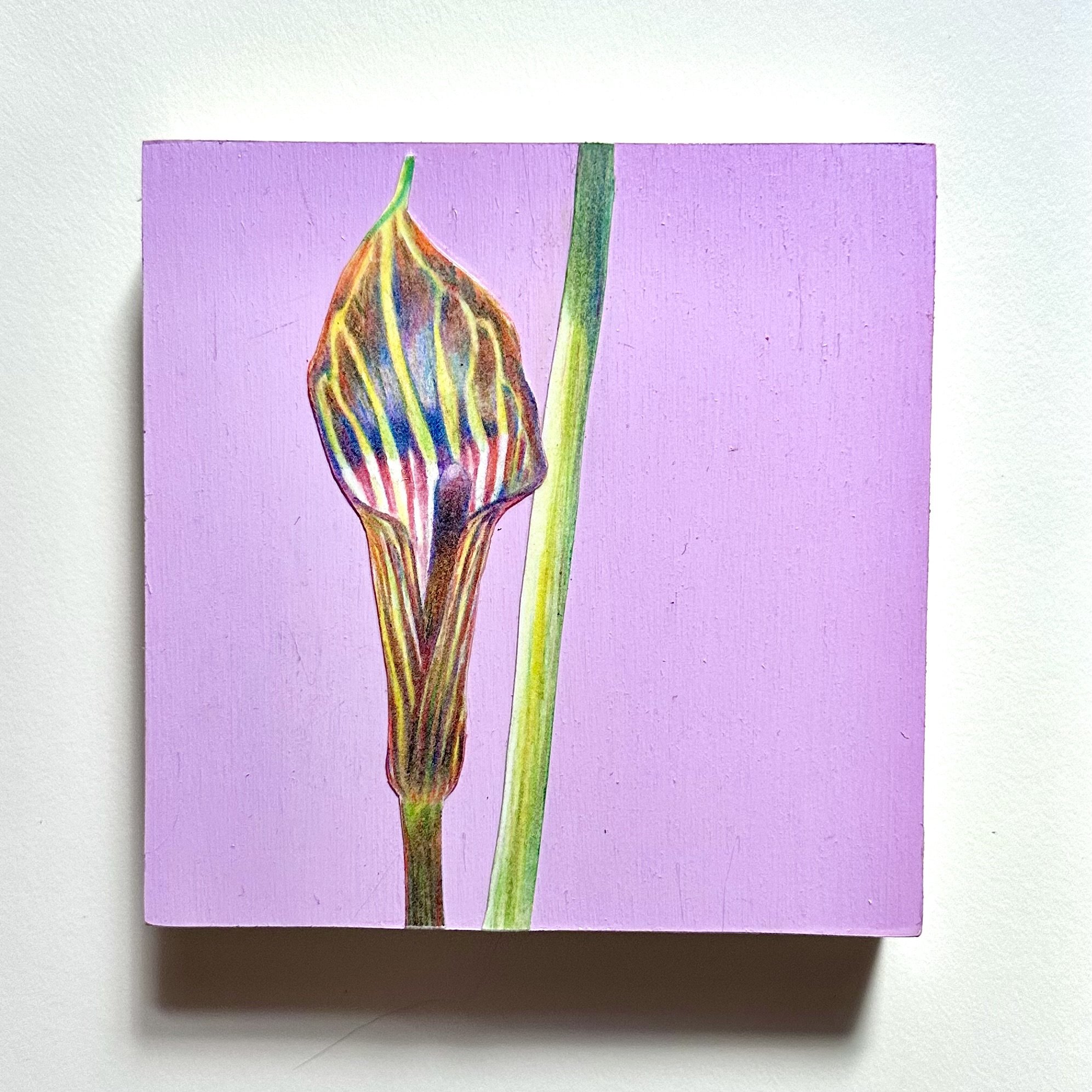
Jack-in-the-pulpit | 2023 | 4"x4" | Colored pencil, paper, acrylic paint, on woodblock with varnish
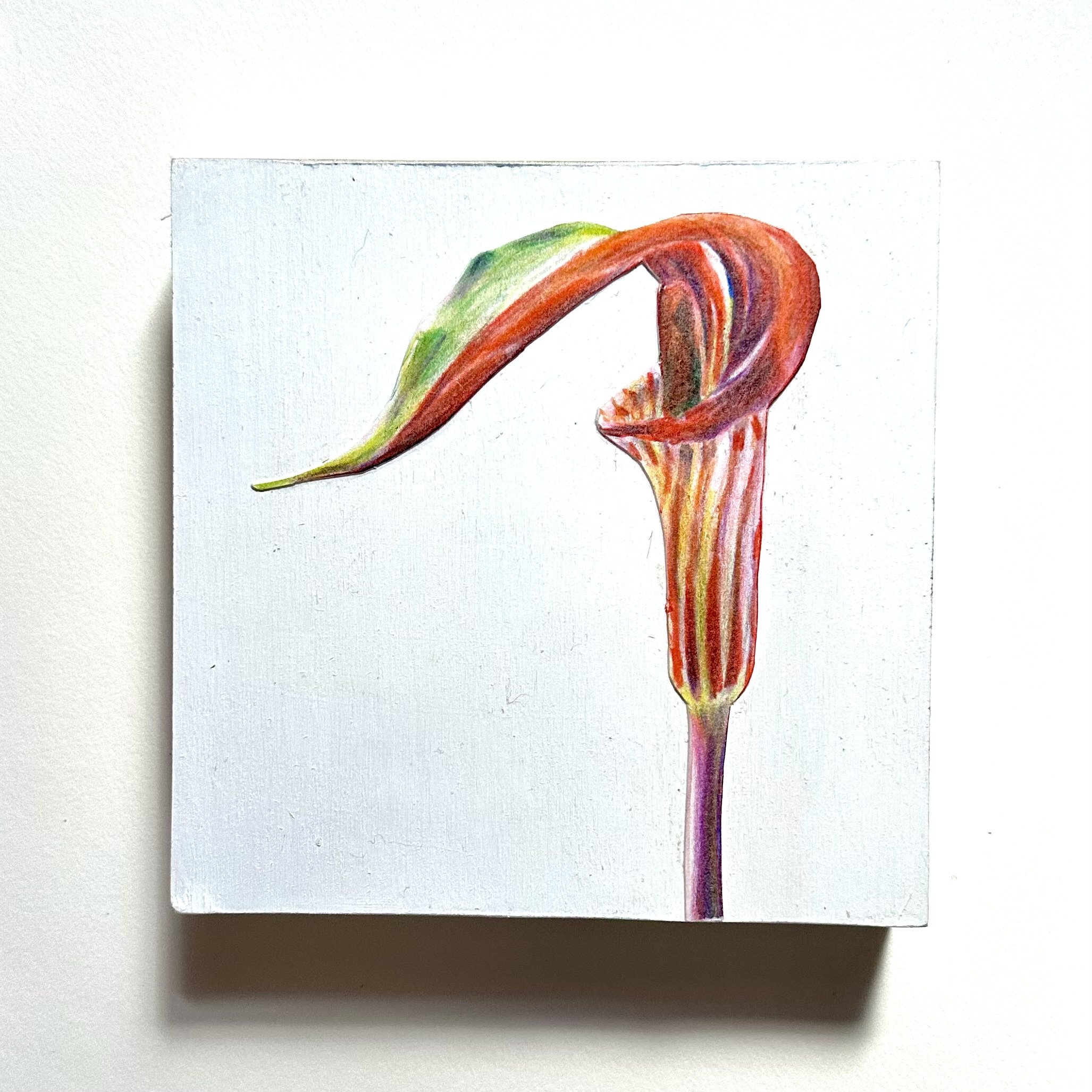
Jack-in-the-pulpit | 2023 | 4"x4" | Colored pencil, paper, paint, on woodblock with varnish
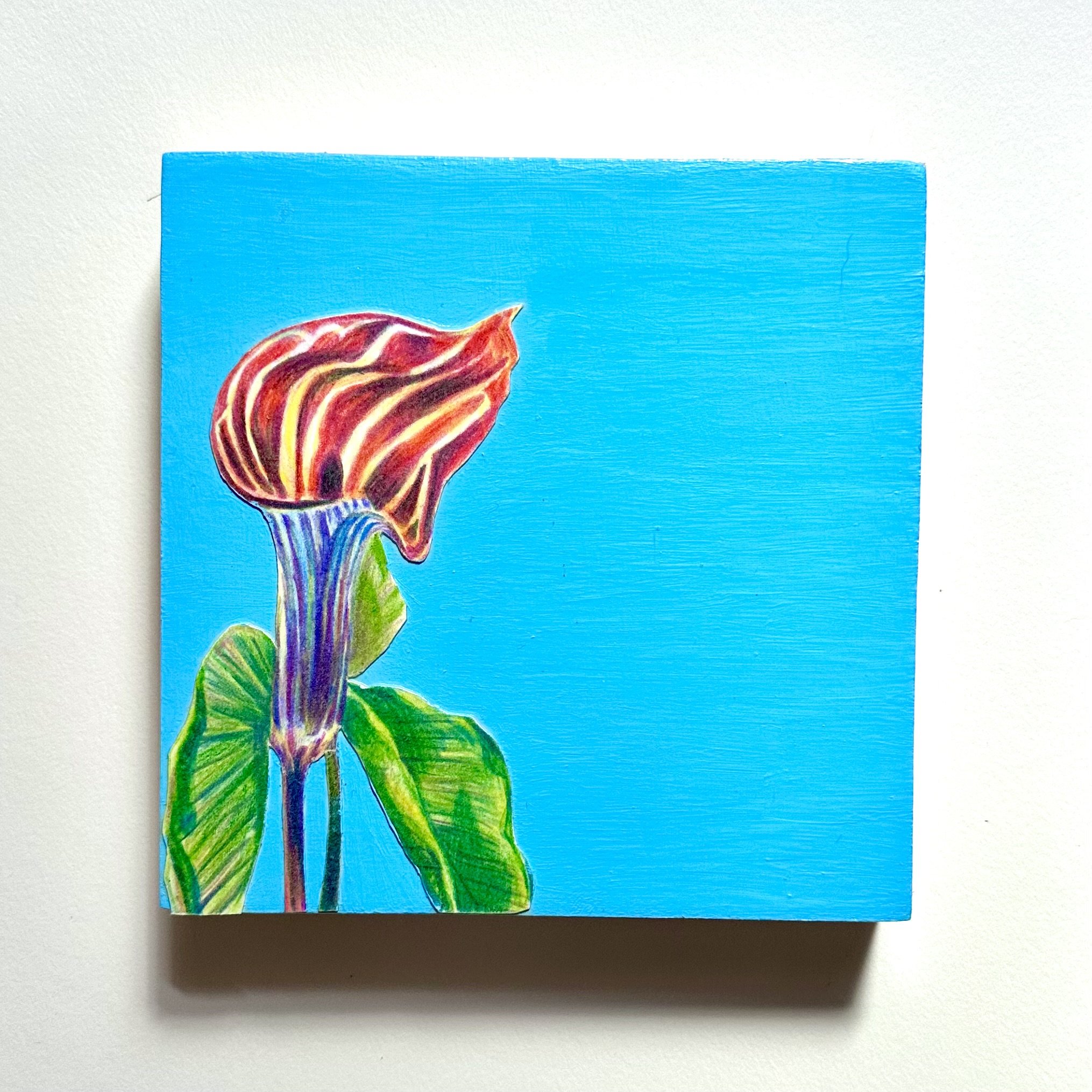
Jack-in-the-pulpit | 2023 | 4"x4" | Colored pencil, paper, acrylic paint, on woodblock with varnish
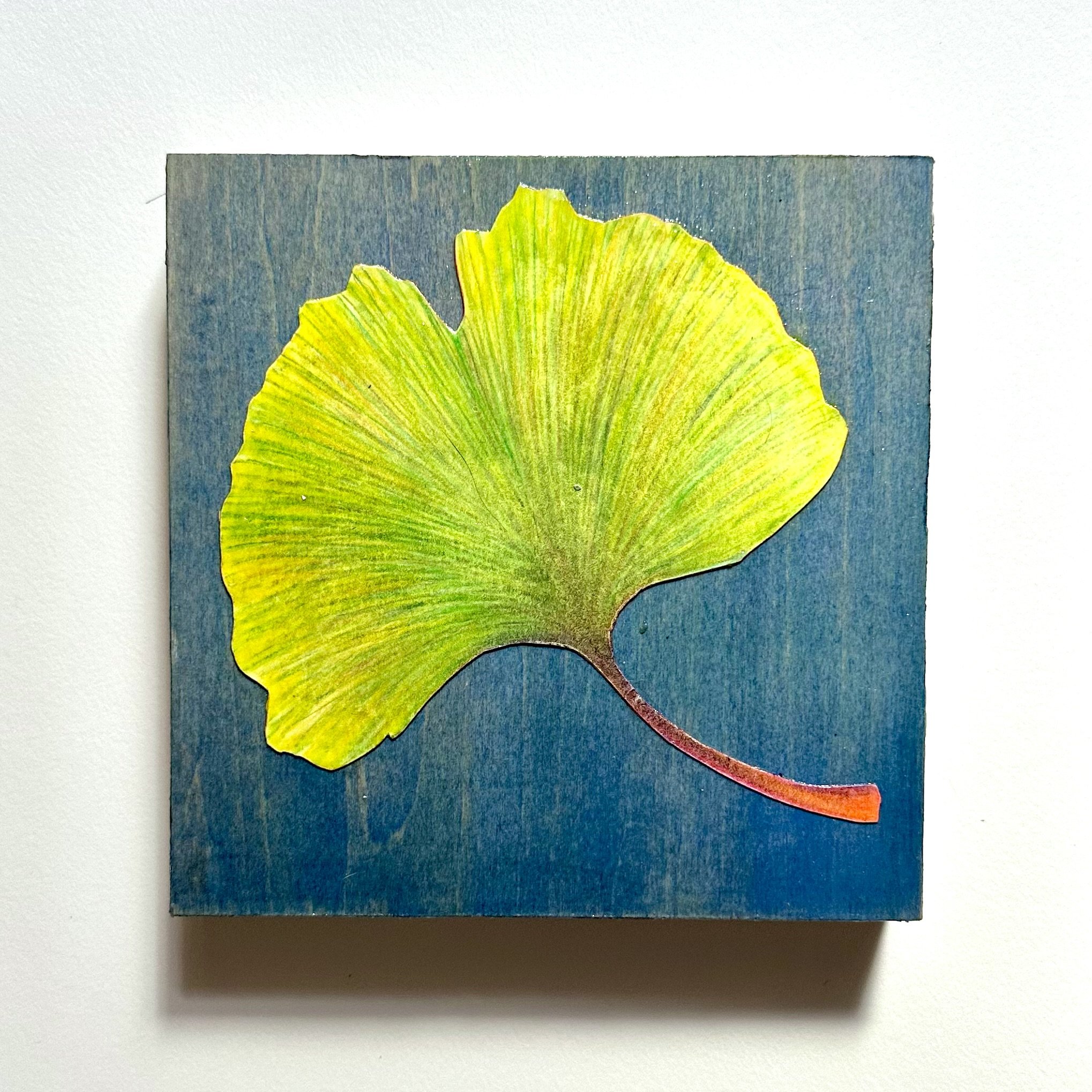
Ginkgo | 2023 | 4"x4" | Colored pencil, paper, acrylic paint, on woodblock with varnish
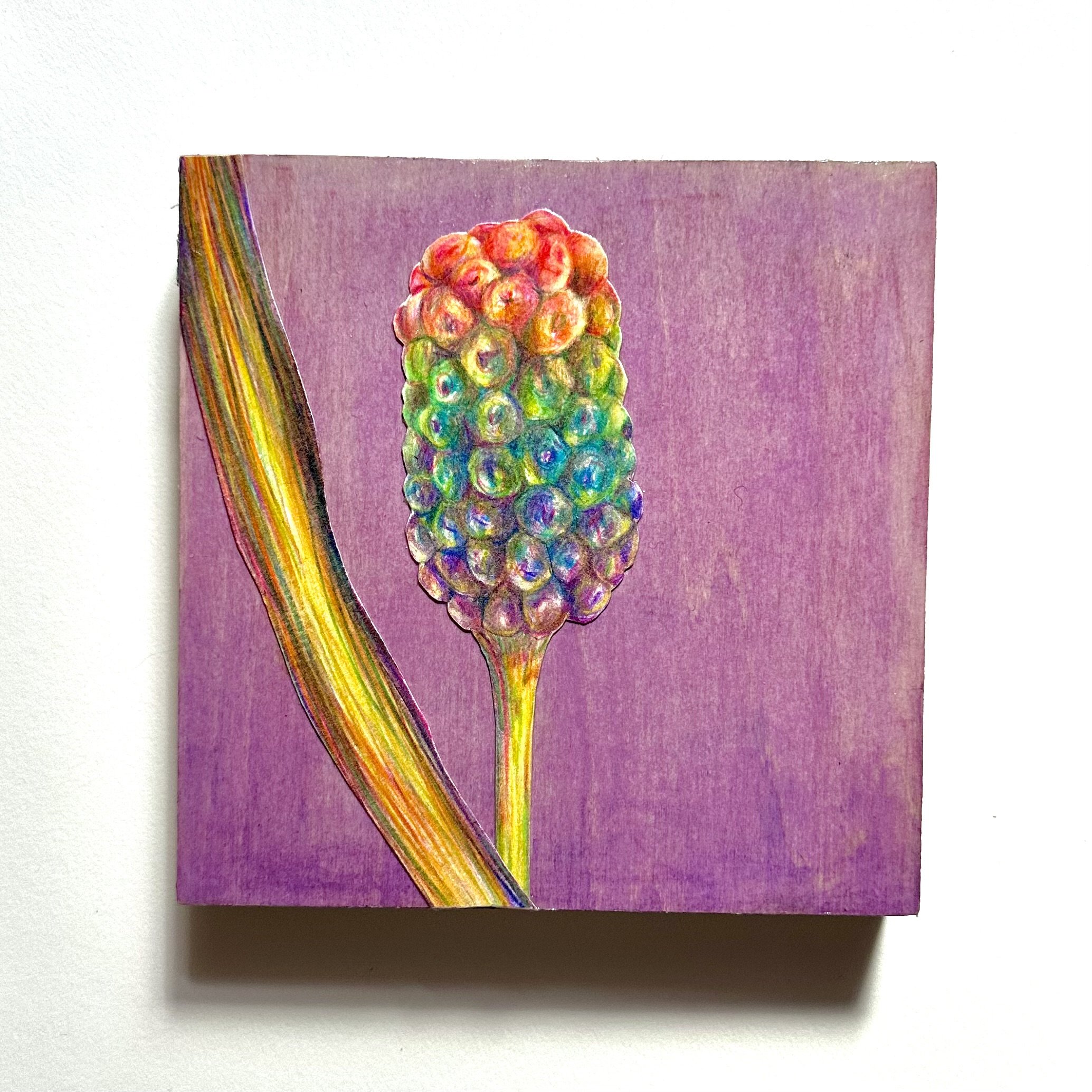
Dragon root | 2023 | 4"x4" | Colored pencil, paper, acrylic paint, on woodblock with varnish
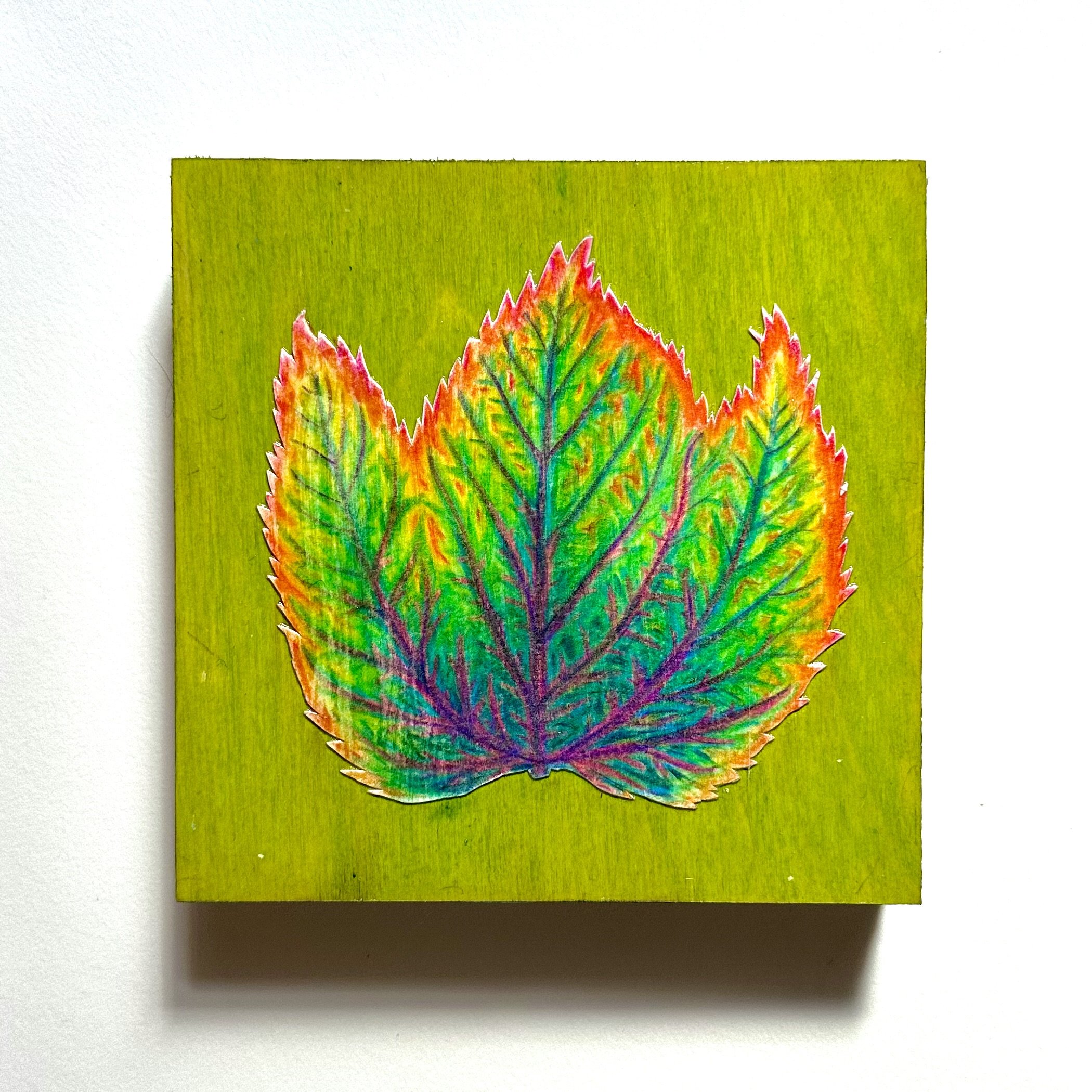
Striped Maple | 2023 | 4"x4" | Colored pencil, paper, acrylic paint, on woodblock with varnish

Albatrosses | 2024 | 10"x10" | Colored pencil, paper, acrylic paint, on woodblock with varnish

Ibises | 2024 | 12"x12" | Colored pencil, paper, acrylic paint, on woodblock with varnish
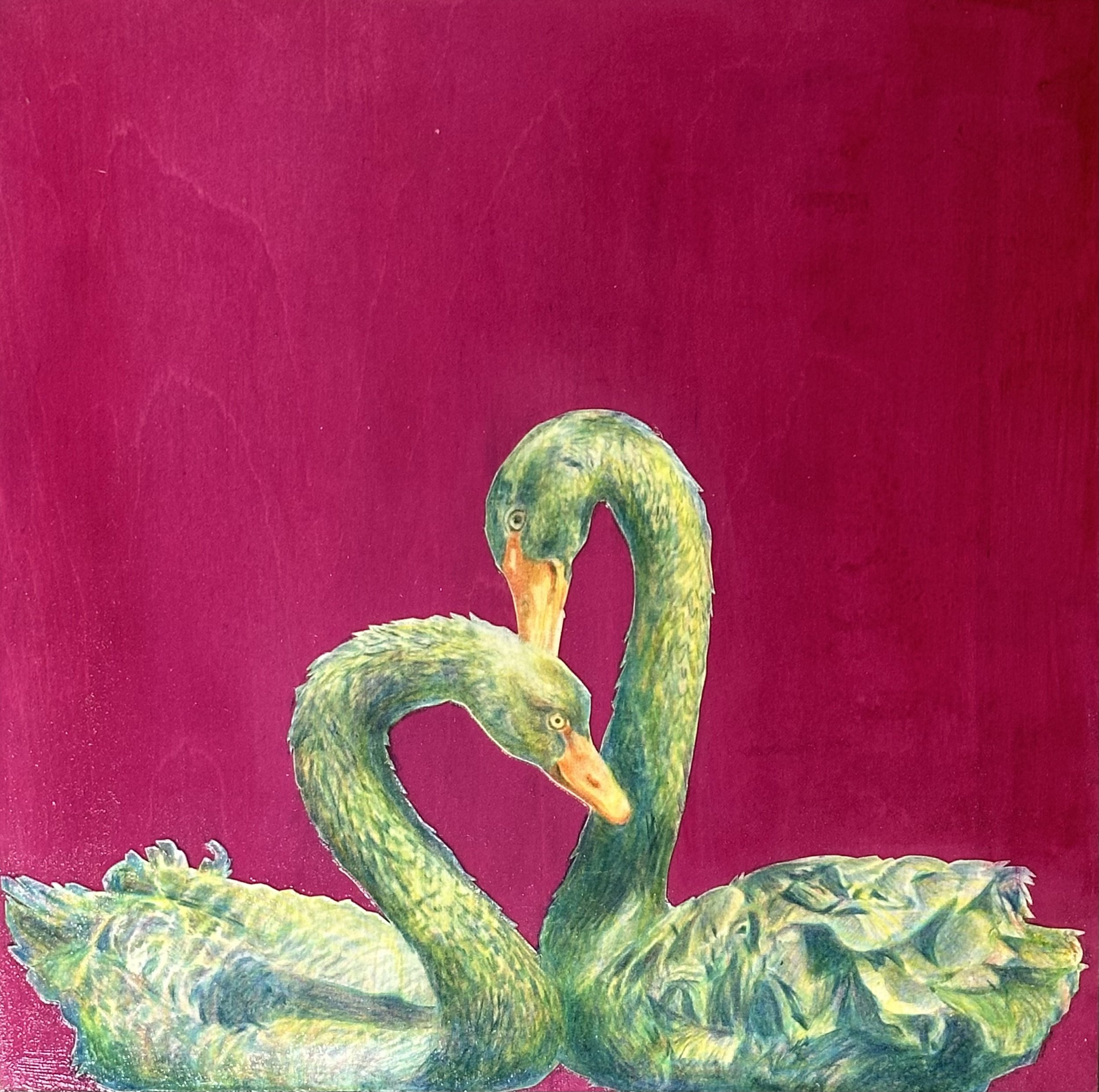
Swans | 2024 | 10"x10" | Colored pencil, paper, acrylic paint, on woodblock with varnish

Woodgrain Gradient 1 | 2024 | 10"x10" | Colored pencil on woodblock with varnish

Woodgrain Gradient 2 | 2024 | 4"4" | Colored pencil on woodblock with varnish

Woodgrain Gradient 3 | 2024 | 10"x10" | Colored pencil on woodblock with varnish



